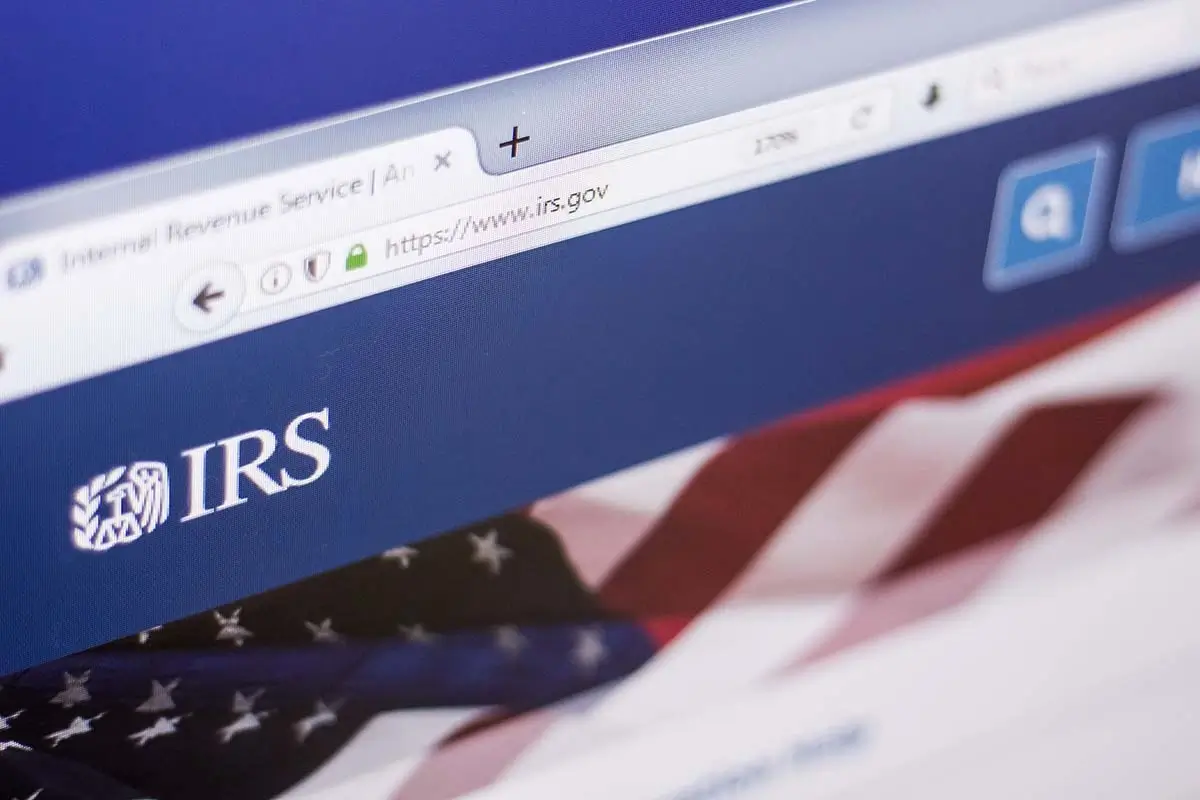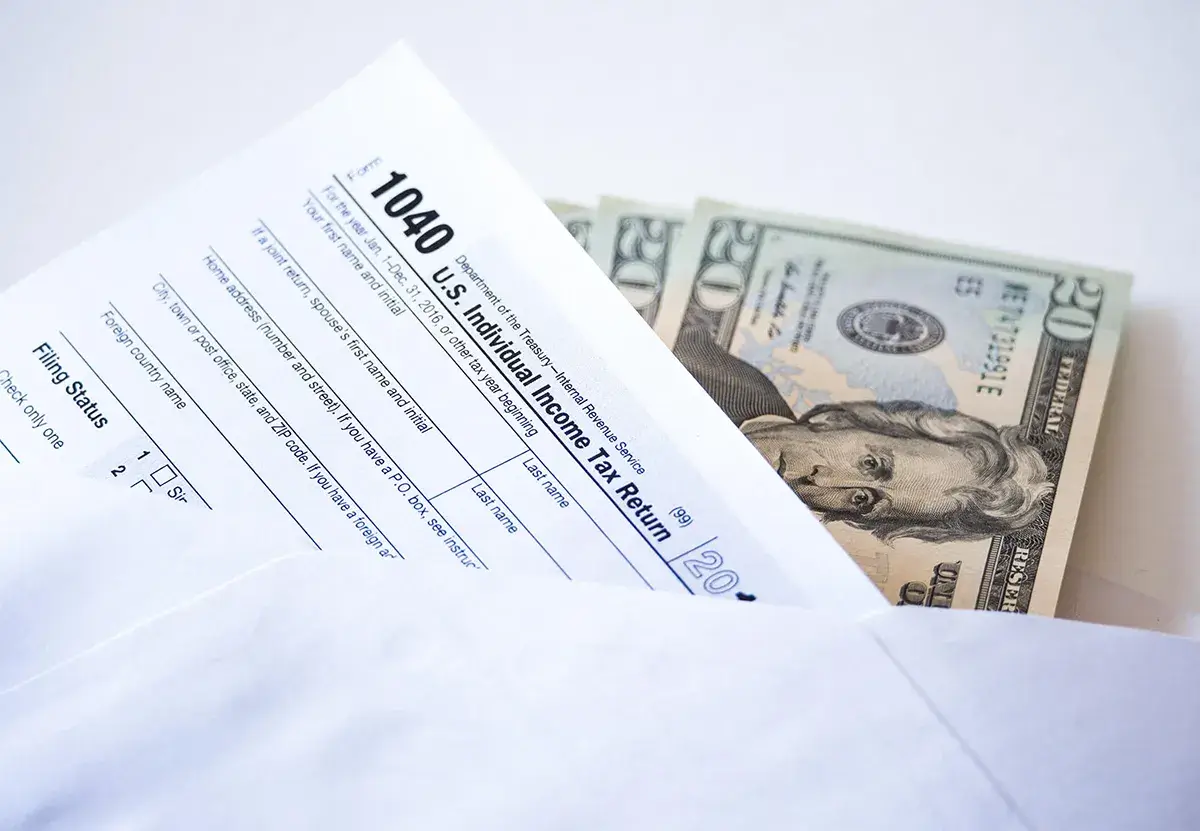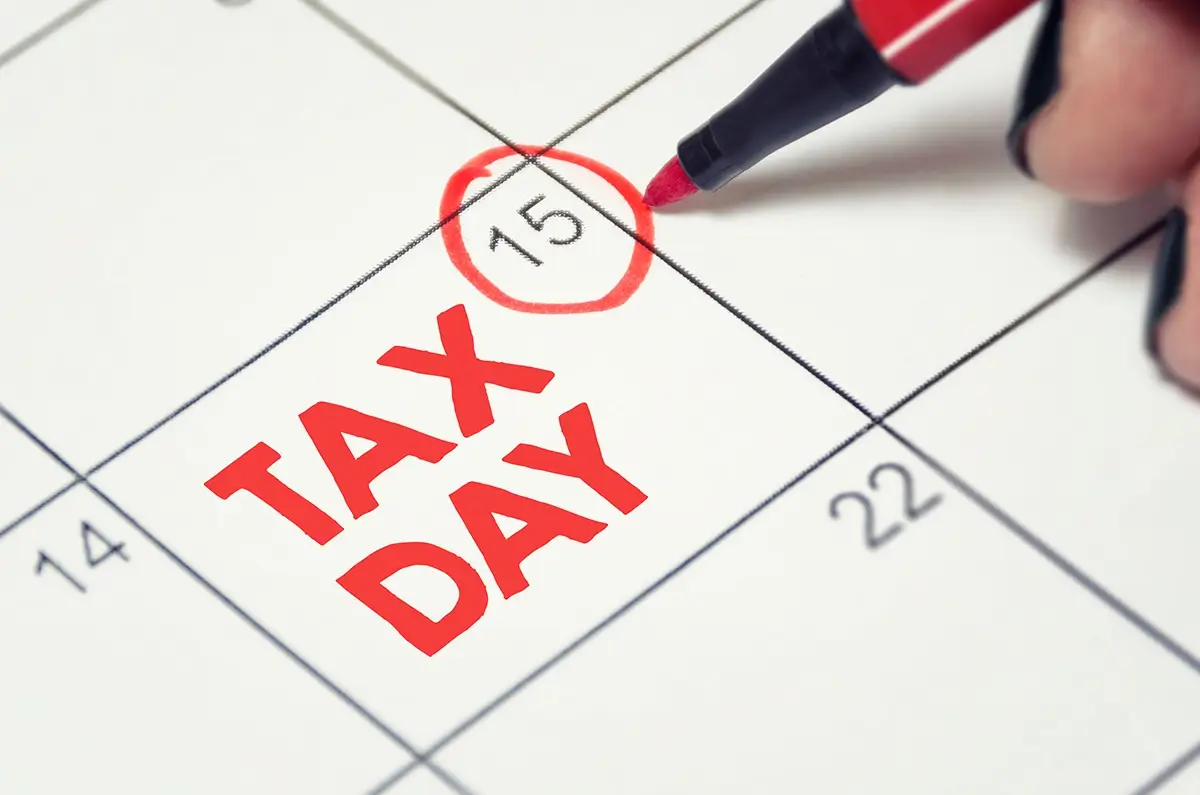Ode to the New Year with all its glory and the season for tax returns and the plan to pay any dues will likely occupy many Americans’ brains. Although painful to process, the methods and options available for repayment should meet almost any taxpayer’s preference or necessity. Whether it’s a direct one-time payment, a payment plan through a 3rd party, or an extension request, you should find some ease in the reimbursement process.
Direct Pay online with IRS – The most direct, convenient way to pay if you can pay in full is Direct Pay through the IRS website or related app available on Google Play and Apple App Store with an Electronic Bank Transfer. You can set this up to 30 days in advance with NO processing fees. Direct Pay supports payments related to Form 1040, such as balance-due payments, estimated payments, and extension payments.
Online Pay with Debit or Credit – Just like Direct Pay, you can use an IRS website-approved app to make credit or debit payments for your taxes. Unfortunately, you will not be able to cancel these payments as you would an electronic transfer.
Schedule multiple Bank payments – EFTPS.gov – If your taxes are associated with your business, you have large tax payments, or you wish to schedule all your tax payments at the same time, then it may be best to use the Electronic Federal Tax Payment System (EFTPS). These payments can be changed or canceled up to two business days before the payment date.
Check or Money Order – Payments may be mailed and made out to the United States Treasury Department if you are wary of the internet security. Be sure to include your social security number and the tax year in the memo line on the check or money order. There will also be a remittance slip, the 1040-V, which should be sent with payment to the indicated address.
Pay in Person – If you’re worried about the risk of scammers or fraud, you may pay in person, though you would have to make an appointment. You can also visit an IRS retail partner with whom you can leave payment and they will transmit your payment to the IRS for you. You can use a check, cash, or money order for either option if you don’t wait until the deadline day for payment – since it can take a few days for processing.
Wire Transfer – You can absolutely set up a wire transfer from your bank to the IRS. It is less known and can, unfortunately, incur various fees, but it is an option.
Extensions – If you find yourself in a tight spot when it comes to budgeting your tax payments, you do have an option to file for an extension. Whether you are short on time or cash to repay, you can request extra time – up to 6 months. With extreme hardships other considerations may be available, check the IRS website for up-to-date information regarding tax repayment extensions. Just remember that the refund is technically due on the original tax deadline, so any additional fees may be incurred for this convenience.











